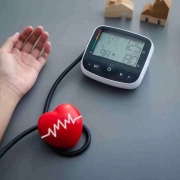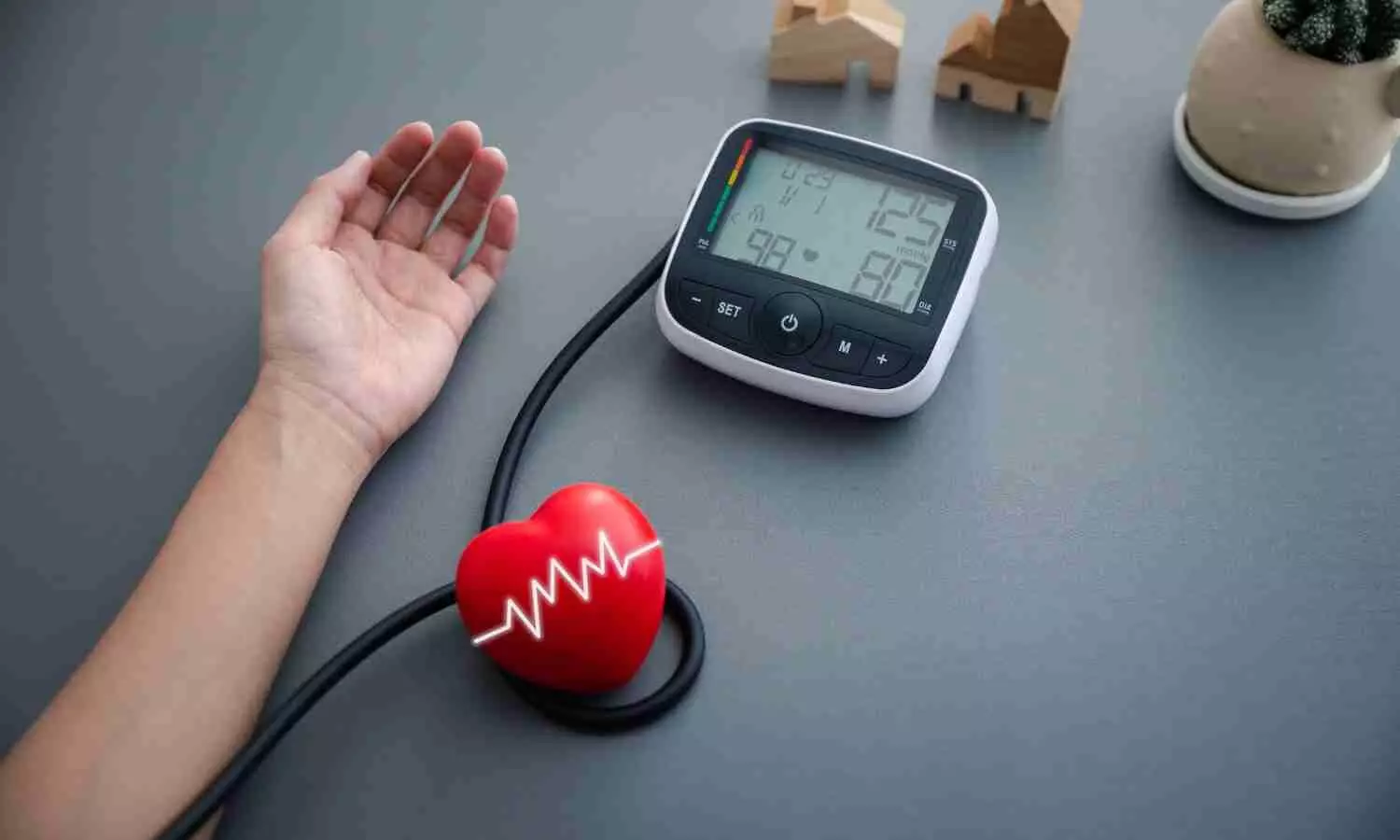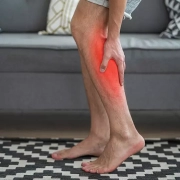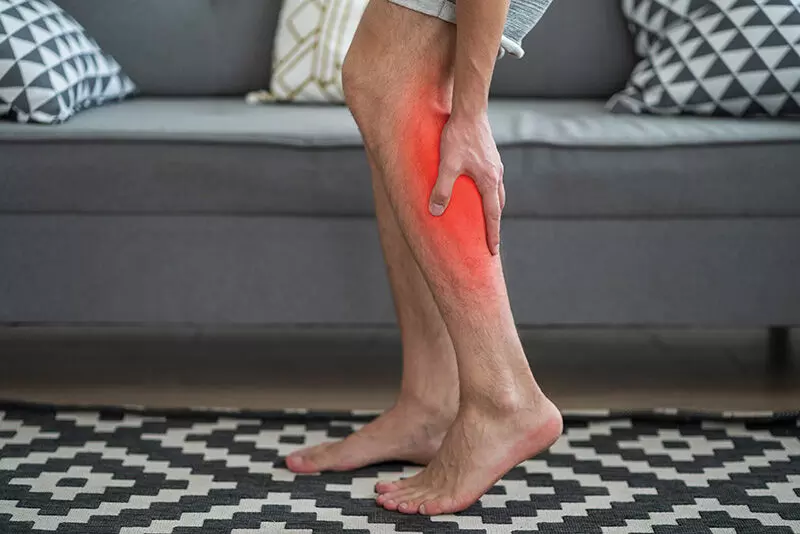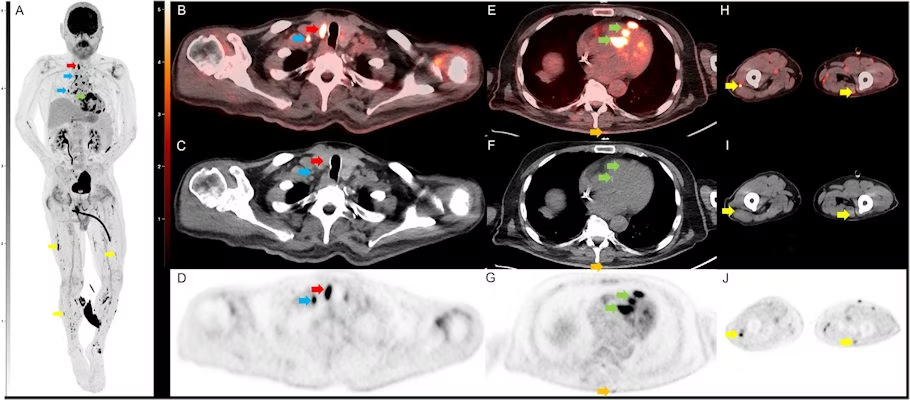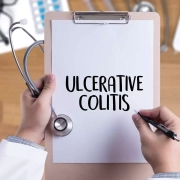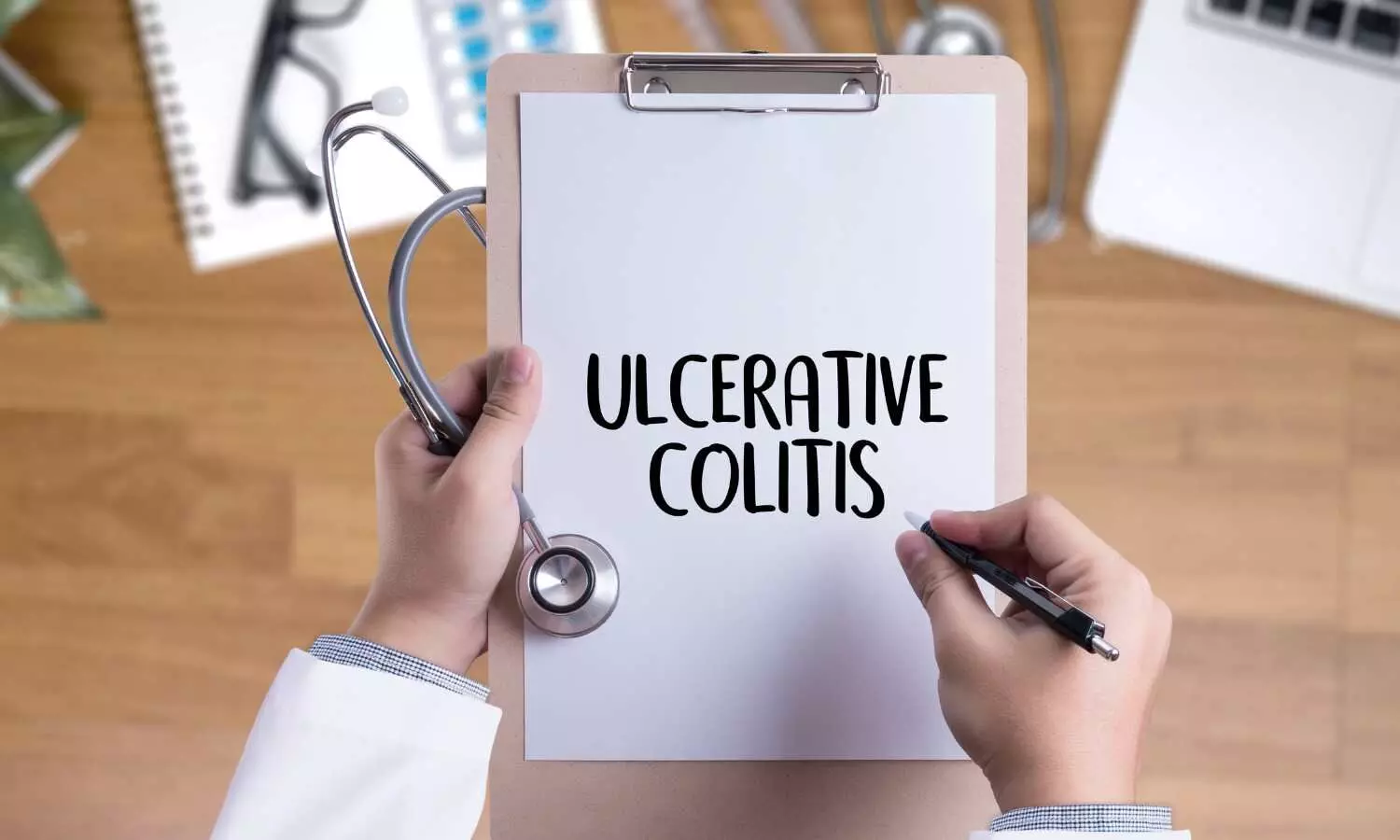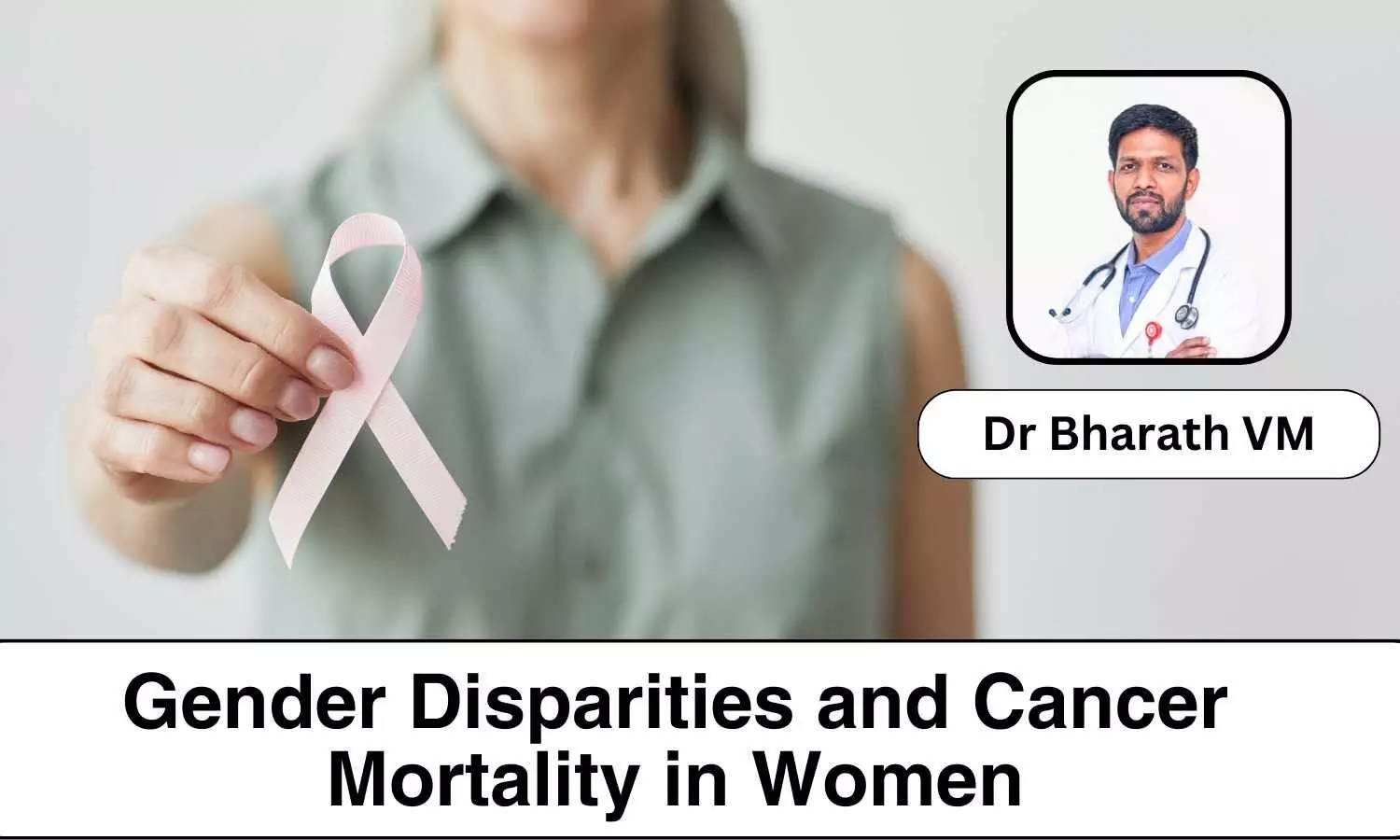Antidepressant Use may Increase Risk of Exacerbation in COPD Patients: BMJ

A recent study found a concerning association between antidepressant use and an increased risk of pneumonia and chronic obstructive pulmonary disease (COPD) exacerbation in patients who are already suffering from COPD. The findings were published in the BMJ Thorax underscore the importance of monitoring of antidepressant prescriptions and consideration of alternative interventions.
This research conducted in the UK, employed a self-controlled case series methodology and analyzed data from The Health Improvement Network in the UK. The study focused on over 31,000 patients who were diagnosed with COPD and were prescribed antidepressants which revealed that within 90 days following an antidepressant prescription, patients faced an increased risk of pneumonia (79%) when compared to periods when they were not exposed to the medication. Also, there was a heightened risk of COPD exacerbation about 16% during this timeframe.
These risks were found to reduce gradually once the patients stopped taking antidepressants which indicates a potential causal relationship between the medication and respiratory issues. This study also highlighted a persistent increased risk of COPD exacerbation even after the 90-day period, albeit to a lesser extent.
The study emphasized the importance of close monitoring of patients with COPD who take antidepressants. These findings suggest a need for increased awareness among healthcare providers regarding the potential respiratory side effects of antidepressant medications, This underscores the necessity of considering non-pharmacological interventions and weighing the risks and benefits of antidepressant therapy in COPD patients. While antidepressants are crucial for treating mental health disorders, the outcomes of this study suggest caution and thorough consideration of side effects, particularly in vulnerable patient populations such as the individuals with COPD.
Reference:
Siraj, R. A., Bolton, C. E., & McKeever, T. M. (2023). Association between antidepressants with pneumonia and exacerbation in patients with COPD: a self-controlled case series (SCCS). In Thorax (Vol. 79, Issue 1, pp. 50–57). BMJ. https://doi.org/10.1136/thorax-2022-219736
Powered by WPeMatico


